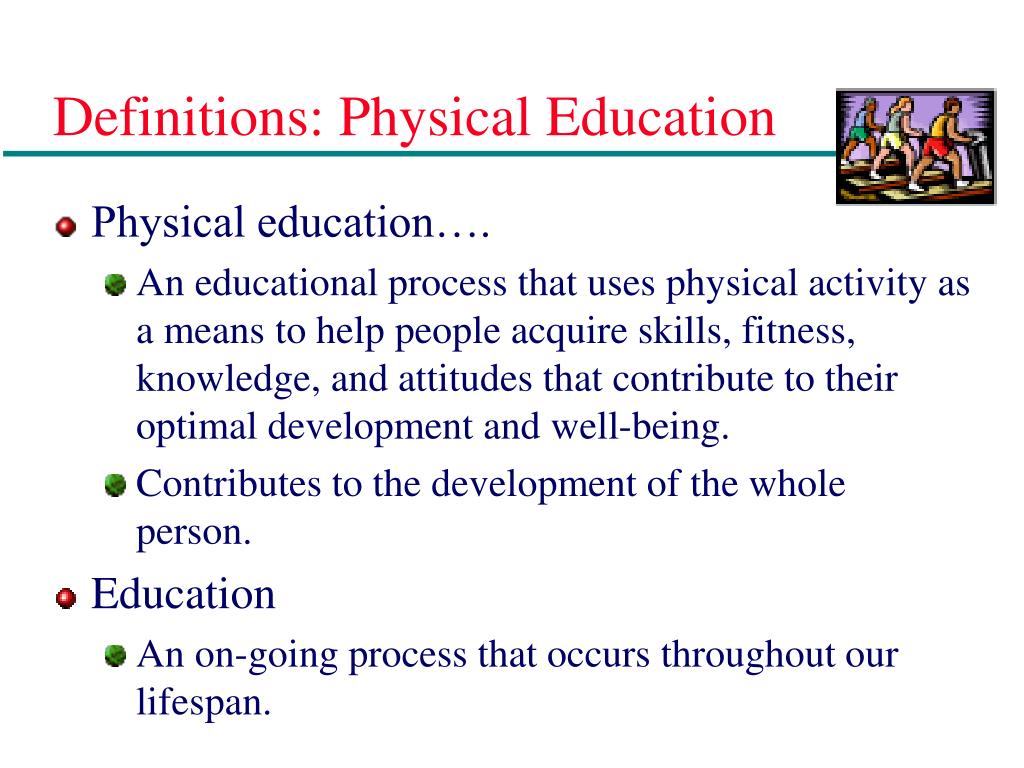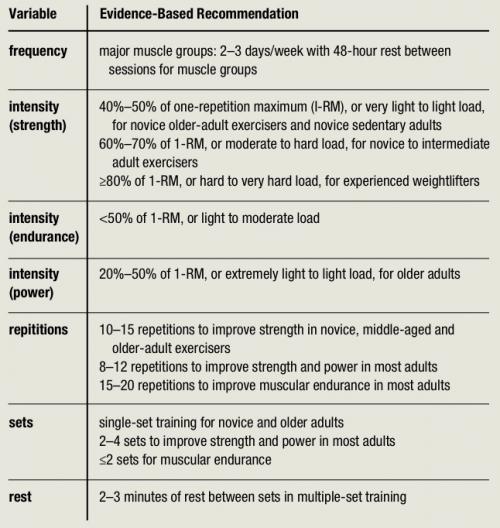

The current global recommendations state that adults (18-64 years) should engage in: Muscle-strengthening exercise was initially included in the ‘2008 Physical Activity Guidelines for Americans’, subsequently adopted in the World Health Organisation’s ‘2010 Global Recommendations on Physical Activity for Health’ and is now included in many national public health recommendations. However, over the past decade, muscle-strengthening exercise has since been adopted. Since the 1970s, physical activity recommendations for public health focused on promoting moderate-to-vigorous intensity aerobic physical activity (MVPA: e.g. Iii.Discusses key research gaps and strategies to advance this field

Ii.Argues the case for an increased emphasis on the role of muscle-strengthening exercise for chronic disease prevention I.Provides a narrative review of the emerging discipline of muscle-strengthening exercise epidemiology walking, running or cycling), muscle-strengthening exercise has been largely overlooked in public health approaches for chronic disease prevention. Moreover, despite its numerous independent health benefits, in comparison to aerobic physical activity (e.g. However, recent health surveillance data from multiple countries suggest only 10-30% adults meet the muscle-strengthening exercise guideline (≥ 2 sessions/week). use of weight machines/body weight exercises) is independently associated with multiple health outcomes, including a reduced risk of all-cause mortality, incidence of diabetes and enhanced cardiometabolic, musculoskeletal and mental health. Strong clinical and emerging epidemiological evidence shows that muscle-strengthening exercise (i.e. Our objective is to provide a case for increased emphasis on the role of muscle-strengthening exercise for chronic disease prevention, and most importantly, stimulate more research in this currently understudied area of physical activity epidemiology. Last, we explore key research gaps and strategies that will advance the field of muscle-strengthening exercise epidemiology. Fourth, we discuss the complexity of muscle-strengthening exercise promotion, highlighting the need for concurrent, coordinated, and multiple-level strategies to increase population-level uptake/adherence of this exercise modality. An overview of recent population estimates suggests that the proportion of adults meeting the current muscle-strengthening exercise guideline (10-30% ≥ 2 sessions/week) is far lower than adults reporting meeting the aerobic exercise guideline (~ 50% ≥ 150 min/week). Third, we describe the latest epidemiological research on the assessment, prevalence, trends and correlates of muscle-strengthening exercise. Second, we provide an overview of the current clinical and epidemiological evidence on the associations between muscle-strengthening exercise and health, showing a reduced mortality risk, and beneficial cardiometabolic, musculoskeletal, functional and mental health-related outcomes. First, we define muscle-strengthening exercise, and discuss its recent addition into the global physical activity guidelines, which were historically mainly focused on aerobic physical activity (walking, running, cycling etc.). This current opinion provides an overview of the emerging discipline of muscle-strengthening exercise epidemiology.


 0 kommentar(er)
0 kommentar(er)
